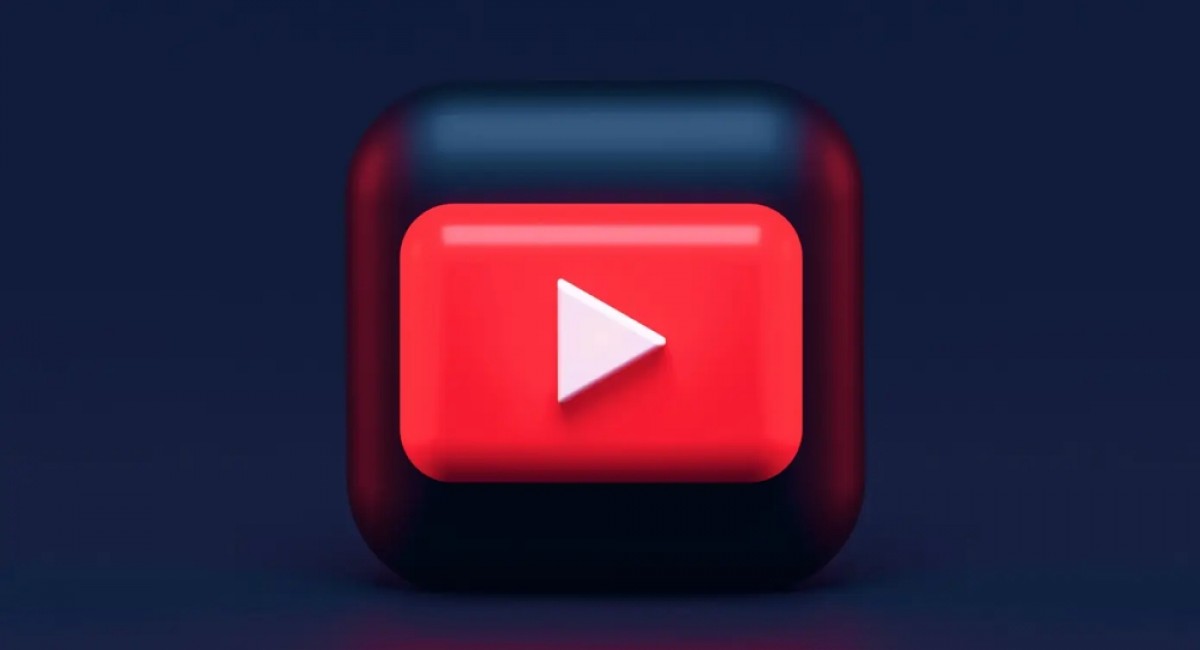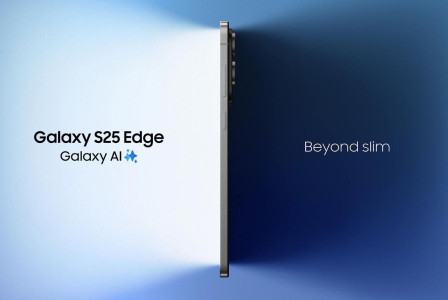SEARCH
YouTube stopped working to these iPhone models

SHARE IT
YouTube has rolled out an update to its iOS app, bringing it to version 20.22.1 and introducing a significant change: the app now requires iOS 16 or later to function. This move, while expected as software continues to evolve, effectively ends official support for a number of older Apple devices.
The update impacts iPhone models that are unable to upgrade beyond iOS 15. Specifically, the iPhone 6s, iPhone 6s Plus, iPhone 7, iPhone 7 Plus, and the first-generation iPhone SE are no longer compatible with the latest version of the YouTube app. Additionally, the iPod touch 7th generation has also been left behind, as it is similarly restricted to iOS 15.
The change isn't limited to iPhones. YouTube’s iPad app now requires iPadOS 16 or newer, discontinuing support for legacy models such as the iPad Air 2 and the iPad mini 4, both of which cannot upgrade beyond iPadOS 15. As a result, users of these older tablets will no longer be able to download or update the official YouTube app through the App Store.
For those affected, there is still a workaround: YouTube remains accessible through the Safari or any other web browser via the mobile site at m.youtube.com. However, this browser-based experience lacks several features available on the native app, including offline viewing, picture-in-picture support, and a more streamlined user interface. Performance and responsiveness may also vary depending on the age and capability of the device.
YouTube has not publicly detailed the specific reasons behind the transition, but it's likely part of a broader trend in the tech industry to focus development resources on devices running newer operating systems. Supporting outdated versions of iOS and iPadOS requires additional testing and maintenance, which can slow down innovation and complicate the rollout of new features.
Apple itself has also been moving away from older devices, as each new iOS update drops support for legacy hardware. With iOS 17 already widely adopted and iOS 18 on the horizon, it’s not surprising that major app developers like YouTube are following suit. By aligning their minimum requirements with more recent OS versions, developers can take advantage of the latest APIs and system improvements, delivering a more consistent and secure experience for the majority of users.
While frustrating for those still using older hardware, the change reflects a reality in today’s fast-paced software environment. Many developers now prioritize updates that cater to newer devices, which typically offer greater performance, better display capabilities, and enhanced security.
Users who rely heavily on the YouTube app and still own one of the affected devices may now face a difficult decision: either continue using the browser version with limited functionality or consider upgrading to a newer iPhone or iPad that supports the latest software updates.
As YouTube continues to expand its features and integrations—ranging from AI-powered recommendations to improved content moderation and Shorts monetization—the company’s decision to streamline its supported platforms is in line with its broader development goals.
For now, legacy device users can continue accessing content via web browsers, but the full-featured experience of the YouTube app is moving further out of reach for older iOS and iPadOS versions.
MORE NEWS FOR YOU

 Help & Support
Help & Support 

